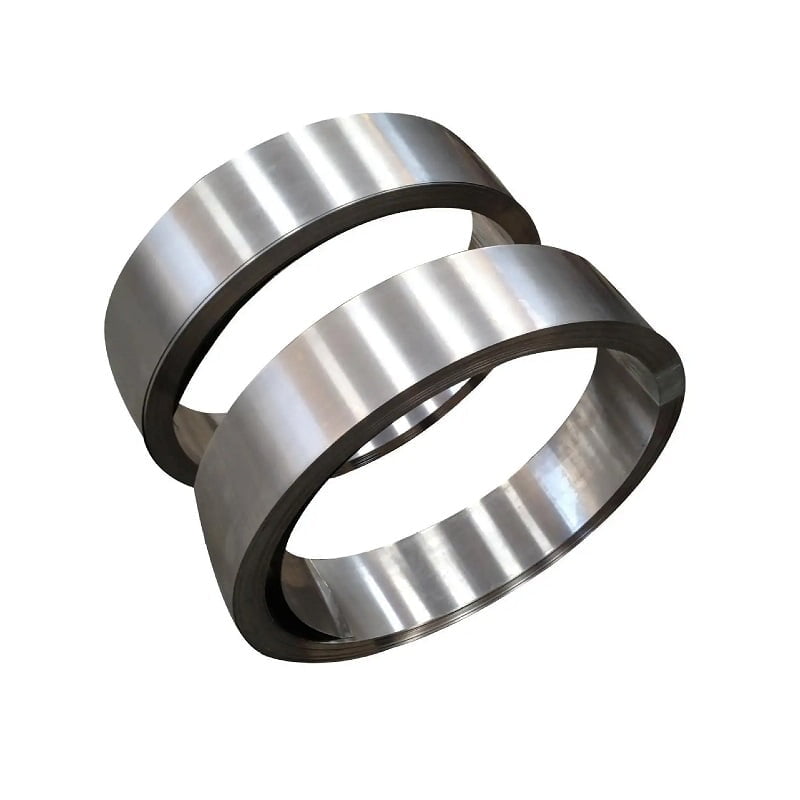
NIMONIC and INCONEL are highly regarded nickel-based superalloys commonly utilized across various industries for their exceptional performance characteristics. Key aspects of these alloys include:
- Состав: Both alloys are primarily composed of nickel, but they differ in the amounts of chromium, molybdenum, and other elements, impacting their performance.
- Механические свойства: They exhibit high strength and good ductility, but their specific properties vary, influencing their suitability for different applications.
- Устойчивость к коррозии и окислению: Both alloys excel in resisting corrosion and oxidation, but INCONEL is particularly noted for its versatility in aggressive environments.
- Приложения: NIMONIC is often used in aerospace applications, while INCONEL finds extensive use in chemical processing and marine environments.
- Изготовление и работоспособность: The workability of these alloys varies, with INCONEL being generally easier to process.
Состав
| Сплав | Никель (Ni) | Хром (Cr) | Железо (Fe) | Молибден (Мо) | Кобальт (Со) | Титан (Ti) | Алюминий (Al) |
|---|---|---|---|---|---|---|---|
| NIMONIC | 63-70% | 15-20% | Бал. | 1-3% | 8-11% | 3-4% | 0.2-0.5% |
| ИНКОНЕЛЬ | 58-72% | 14-22% | Бал. | 2-10% | 3-8% | <1% | 0.2-1% |
Механические свойства
| Имущество | НИМОНИК 80А | INCONEL 625 |
|---|---|---|
| Плотность | 8,4 г/см³ | 8.44 g/cm³ |
| Предел прочности (комнатная температура) | ~1000 МПа | ~827 MPa |
| Предел текучести (комнатная температура) | ~800 MPa | ~690 MPa |
| Диапазон рабочих температур | Up to 1000 °C | Up to 1000 °C |
| Удлинение (при переломе) | 30% | 48% |
Устойчивость к коррозии и окислению
| Сплав | Описание |
|---|---|
| NIMONIC | Superior oxidation resistance at high temperatures, ideal for turbine components in aerospace. |
| ИНКОНЕЛЬ | Excellent corrosion resistance in a wide range of reactive environments, making it suitable for aggressive chemical processing industries. |
Приложения
| Промышленность | NIMONIC Applications | INCONEL Applications |
|---|---|---|
| Аэрокосмическая промышленность | Turbine blades, combustion chambers | Exhaust systems, structural components |
| Выработка энергии | Gas turbines, heat exchangers | Steam generator tubing, nuclear reactor components |
| Нефти и газа | Downhole tubulars, refinery components | Oil and gas production machinery, pipelines |
| Химическая обработка | Reactors, heat exchangers | Chemical processing equipment, valves, and fittings |
| Морские приложения | Не часто используется | Offshore oil rigs, marine applications |
Изготовление и работоспособность
| Сплав | Методы изготовления | Работоспособность |
|---|---|---|
| NIMONIC | Welding, machining, casting | Moderate – can be challenging to machine due to high strength. |
| ИНКОНЕЛЬ | Welding, machining, formability | Good – offers excellent welding characteristics and can be easily formed. |
Преимущества
| Сплав | Преимущества |
|---|---|
| NIMONIC | – Excellent high-temperature strength |
| – Superior oxidation resistance | |
| – Designed for high-stress applications | |
| ИНКОНЕЛЬ | – Excellent corrosion resistance in reactive environments |
| – Good mechanical properties across a wide temperature range | |
| – Versatile applications in various industries |
Различия
| Особенность | NIMONIC | ИНКОНЕЛЬ |
|---|---|---|
| Первичный фокус | High-temperature applications, especially in aerospace and gas turbines. | Corrosion resistance across various industries. |
| Вариативность состава | Higher cobalt and titanium for improved high-temperature strength. | A broader range of grades designed for different applications. |
| Работоспособность | Harder to machine due to higher strength. | Generally easier to fabricate and weld. |
This comparative analysis provides a clear overview of the distinctions and similarities between NIMONIC and INCONEL, helping to identify which alloy may be more suitable for specific engineering applications.
